Why Does My Cat Lick Me Then Bite Me? 5 Surprising Reasons You’ll Love
Ever had your cat gently lick you, then suddenly bite? It’s a confusing and sometimes painful experience.
This behavior is common among cat owners. It leaves many wondering why their pets act this way.
Getting to know cat behavior helps solve this mystery. Cats may lick and then bite for different reasons. These include showing affection, feeling overstimulated, or needing attention.
By understanding these reasons, you can improve your relationship with your cat. You’ll also better meet their needs.
Table of Contents
The Unique Language of Feline Affection
Cats show love in many ways, mixing instinct and learning. It’s key to understand their special language. This includes how they differ from other pets and their evolutionary roots.
How Cats Communicate Differently Than Other Pets
Cats mainly use body language and sounds to talk. This is different from dogs and other pets, which often use more sounds. Their small movements and sounds tell us a lot about how they feel. It’s important to get these signals to understand them.
The Evolutionary Roots of Cat Behavior
Cats’ history as solitary hunters shaped their behavior and how they communicate. They show love and anger in ways that mix with their survival needs. Knowing this helps us understand why they lick and bite as signs of love or play.
Why Does My Cat Lick Me Then Bite Me? The Science Explained
To understand why your cat licks and then bites, we need to look at the biological and psychological aspects of feline behavior. Cats show many behaviors that can confuse their owners. The act of licking followed by biting is one such behavior that raises many questions.
The Biological Basis of Licking and Biting
Licking and biting in cats come from their instinctual grooming habits and communication methods. Licking shows affection and helps them bond. But, biting can mean they’re overstimulated or setting boundaries. Their nervous system and senses are what make them react to touch and emotions.
Common Misconceptions About This Behavior
Many think cats lick and bite because they’re aggressive. But, it’s often a sign of affection or playfulness gone awry. Some believe cats are being manipulative or disobedient. But, they’re usually acting on instinct or reacting to their surroundings. Knowing the real reasons can make your bond with your cat stronger.
Reason #1: Love Bites – Affection With a Twist
Cats show love in unique ways, like the ‘love bite.’ This act, where they lick and then bite, might seem odd. But, it’s a big sign of affection in their language.
The Social Grooming Instinct Gone Awry
Social grooming is natural for cats. They groom each other to show love and bond. When they lick you, they see you as family. But, sometimes this can turn into a bite.
Social grooming is a big part of a cat’s life. When they lick and bite, it’s their way of showing love, even if it’s a bit rough.
How Wild Cats Show Affection Compared to Housecats
Wild cats show love differently than housecats. They might head butt, knead, or gently nip. Domestic cats have adopted these signs for their humans, leading to ‘love bites.’ Knowing this can help you understand your cat better.
It’s interesting to see how your cat’s affection comes from their wild roots. Their actions are both captivating and sometimes confusing.
Case Study: When Grooming Turns to Gentle Nipping
Love bites often happen during petting or grooming. Your cat might lick you and then nip. This could be because they’re overstimulated or just being playful.
Recognizing the Difference Between Love Bites and Aggression
It’s important to tell love bites from aggression. Love bites are gentle and show affection. Aggression, however, includes signs like hissing, growling, or a tense body. Knowing your cat’s behavior and body language helps you tell the difference.
Reason #2: Playful Predator Mode – Your Hand Becomes Prey
When your cat’s playful side comes out, your hand might become their target. This is because of their natural hunting instincts. Even though they live with you, these instincts are still there.
The Hunter That Never Truly Disappears
Cats are born to hunt, and their playful bites show this. They might be well-fed and loved, but they still want to play and hunt.
This hunting behavior is not just for survival. It’s also a way for them to have fun and stay active. Knowing this can help you deal with their playful bites.
How Play Biting Develops From Kittenhood
Kittens start playing by biting and wrestling with each other. This is how they learn to hunt and play. It’s important for their growth and learning.
Age-Related Differences in Play Biting Behavior
As cats get older, their play bites change. Kittens are usually more aggressive, while older cats might be gentler. But some cats keep their playful bites as adults.
Redirecting Predatory Instincts Appropriately
You can turn your cat’s hunting instincts into play with the right toys. This keeps your hands safe and gives your cat the exercise they need.
| Play Biting Characteristics | Kittens | Adult Cats |
|---|---|---|
| Intensity of Bite | More aggressive | Generally gentler |
| Frequency of Play | High | Variable |
| Preferred Prey | Toys, siblings | Toys, sometimes hands |
Reason #3: Overstimulation – When Petting Becomes Overwhelming
One common reason your cat may lick you and then bite is due to becoming overstimulated. Their sensory threshold is reached. Cats have a unique way of experiencing and responding to touch. This can sometimes be misinterpreted by their owners.
Understanding Your Cat’s Sensory Threshold
Cats have a complex sensory system with sensitive nerve endings all over their body. When petting your cat, it’s easy to unintentionally cross their sensory threshold. Being aware of your cat’s individual tolerance is key to avoiding this situation.
The Warning Signs of Impending Overstimulation
Recognizing the signs of overstimulation can help you adjust your interaction with your cat. Cats often display subtle cues before they become overwhelmed.
Body Language Cues That Signal “Enough”
Pay attention to your cat’s body language. Flattened ears, tail flicking, or attempting to move away are all indicators that your cat is feeling overstimulated. Responding promptly to these cues can prevent the situation from escalating.
Creating a Petting Consent Map for Your Cat
To avoid overstimulation, it’s helpful to create a “petting consent map” for your cat. This involves observing and noting the areas of their body where they enjoy being petted and for how long. By respecting these boundaries, you can build a more harmonious and enjoyable interaction with your cat.
By understanding and respecting your cat’s limits, you can reduce the likelihood of overstimulation and the associated licking and biting behavior. This not only improves your interaction with your cat but also enhances their overall well-being.
Reason #4: Territorial Marking – “You’re Mine” Behavior
Your cat’s licking and biting might show they’re marking their territory. This behavior comes from their wild ancestors. It’s a way for them to communicate with their surroundings and other animals.
Scent Marking Through Licking and Gentle Biting
Cats have scent glands on their tongues, lips, and faces. When they lick and bite you, they’re leaving their scent on you. This scent marking helps them feel comfortable and claim you as their own.
Multi-Cat Households and Competitive Marking
In homes with more than one cat, things get interesting. Cats may try to mark their territory on you or other objects. This can lead to more licking and biting as they compete for dominance.
How Your Reaction Reinforces or Discourages Marking
How you react to your cat’s behavior matters a lot. A strong reaction, either positive or negative, can make them do it more. But staying calm might help them stop marking over time.
Seasonal Changes in Territorial Behavior
Territorial behavior in cats can change with the seasons. Hormones and the environment might play a role. Knowing this can help you manage your cat’s marking better all year.
Reason #5: Stress and Anxiety – Emotional Release Behaviors
Cats may lick and then bite due to stress and anxiety. These behaviors show how they feel when they’re overwhelmed. It’s important to know what they mean to help them.
Stress or anxiety can make cats lick and bite. It’s their way to deal with their feelings. This is an emotional release for them.
Environmental Stressors That Trigger Lick-Bite Sequences
Many things can stress out a cat. For example, changes in your work schedule or moving to a new home. Cats like things to stay the same.
Some common stressors include:
| Stressor | Potential Impact |
|---|---|
| Changes in household dynamics | Increased stress and anxiety |
| New pets or people | Disruption of routine and territory |
| Loud noises or construction | Increased anxiety and fear responses |
Recent Changes That May Affect Your Cat’s Behavior
Changes in your cat’s world can change how they act. Look for any recent changes.
Things like a new job or a move can stress out your cat. This can lead to them licking and biting more.
Identifying Anxiety-Based Versus Normal Biting
It’s key to tell the difference between anxious biting and normal biting. Anxious biting is usually more intense. It might also come with other signs like pacing or hiding.
Creating Safe Spaces to Reduce Stress-Related Biting
Having safe spots for your cat can help. This means giving them a quiet room or a cozy spot to hide when they’re stressed.
By understanding and addressing your cat’s stress, you can lessen their licking and biting. This makes them happier and healthier.
Effective Responses to Licking and Biting Behavior
Cats’ licking and biting can be confusing. But, with the right steps, you can fix this and get closer to your pet. Understanding why they do it and using the right training is key.
Training Techniques That Actually Work With Cats
Training cats means knowing their natural ways and using positive rewards. Reward them for gentle licking with treats or praise. This encourages them to show love without biting.
Redirecting their bites to toys or scratching posts is also helpful. It keeps you safe and gives them a better way to play.
Age-Appropriate Training Methods
Training should match your cat’s age. Kittens need lots of play and energy, so they bite more. Older cats need patience and calm training.
Consistency: The Key to Behavior Modification
Being consistent is vital in changing your cat’s behavior. Make sure everyone in the family uses the same methods and rewards. This helps your cat understand what’s expected, leading to better behavior.
What Never To Do When Your Cat Exhibits This Behavior
When your cat licks and bites, don’t punish them. Punishment can make them scared and anxious, making things worse.
Also, don’t play too rough or encourage aggression. This can confuse them and make them bite more. Instead, aim for calm, loving interactions.
When to Seek Professional Help for Biting Behavior
Knowing when to get professional help for cat biting is key for a peaceful home. Cats often lick and bite as a sign of love or play. But sometimes, this behavior can mean there’s a bigger problem.
Distinguishing Between Normal and Problematic Biting
Not every bite is a worry, but some signs are a red flag. Look out for:
- Frequent or aggressive biting
- Biting that’s part of other aggressive acts
- Biting that leads to injuries
If you see these signs, it’s time to think about getting professional help for cat biting behavior.
What to Expect From a Veterinary Behaviorist
A veterinary behaviorist specializes in understanding and interpreting how animals behave. They can help understand your cat’s actions. When you meet a veterinary behaviorist, expect a thorough check of your cat’s behavior, including:
| Assessment Area | Description |
|---|---|
| Behavioral History | A detailed look at your cat’s behavior, including when the biting started |
| Environmental Factors | An analysis of your cat’s surroundings and how it affects their behavior |
| Medical Evaluation | A check for any health problems that might be causing the behavior |
Medical Conditions That May Cause Aggressive Behavior
Some health issues can make cats more aggressive, such as:
- Hyperthyroidism
- Pain or discomfort from dental problems or arthritis
- Neurological disorders
Behavior Modification Programs That Veterinarians Recommend
Vets often suggest behavior change programs for cats. These are made just for your cat’s needs. They might include:
- Positive reinforcement training
- Desensitization and counterconditioning techniques
- Changes to the environment to lower stress
Conclusion: Embracing Your Cat’s Unique Communication Style
Getting to know how your cat behaves is essential for building a peaceful bond. You’ve learned that when your cat licks you then bites, it can be due to various reasons. These include affection, playfulness, overstimulation, territorial marking, or stress.
By recognizing the underlying causes of this behavior, you can respond in a way that nurtures your cat’s emotional and social needs. Embracing cat behavior and improving cat communication can lead to a deeper bond between you and your pet.
As you continue to interact with your cat, remember that every lick and bite is a form of expression. By being attentive to these cues, you can create a more empathetic and loving environment for your feline companion. This will ultimately enrich your relationship through embracing cat behavior.
FAQ
Why does my cat lick me then bite me?
Your cat might be showing love in a special way, called “love bites.” It could also be due to too much excitement, playful hunting, marking territory, or feeling stressed or anxious.
How do I know whether my cat is biting out of playfulness or aggression?
If your cat bites while playing, like pouncing or chasing, it’s likely playful. But if they bite hard and show signs like hissing or growling, it’s aggressive.
What is overstimulation, and how can I avoid it?
Overstimulation happens when your cat gets too much from you, leading to biting. Watch for signs like tail flicking or ears back. Give them space when they need it.
Can I train my cat to stop biting?
Yes, you can teach your cat to stop biting. Use positive methods like rewarding them for being gentle and ignoring or redirecting when they bite.
Is it normal for my cat to lick and bite me during petting?
Yes, it’s common for cats to lick and bite during petting. It can mean they’re feeling affectionate, playful, or just too excited.
How do I create a “petting consent map” for my cat?
A “petting consent map” means watching how your cat reacts to touch. This helps you know what they like and what they don’t.
When should I seek professional help for my cat’s biting behavior?
Get help if your cat bites a lot, bites hard, or shows other aggressive signs. Or if you’re not sure how to handle it.
Can medical conditions cause aggressive behavior in cats?
Yes, some health issues like pain or brain problems can make cats bite more. This is because they’re feeling uncomfortable or in pain.

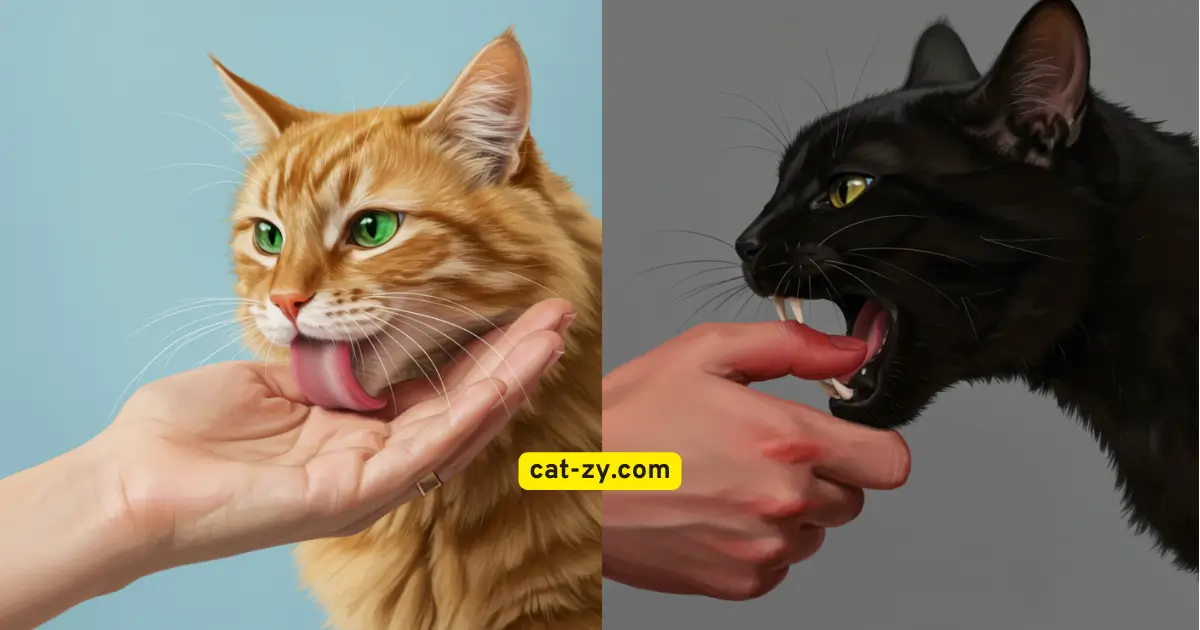

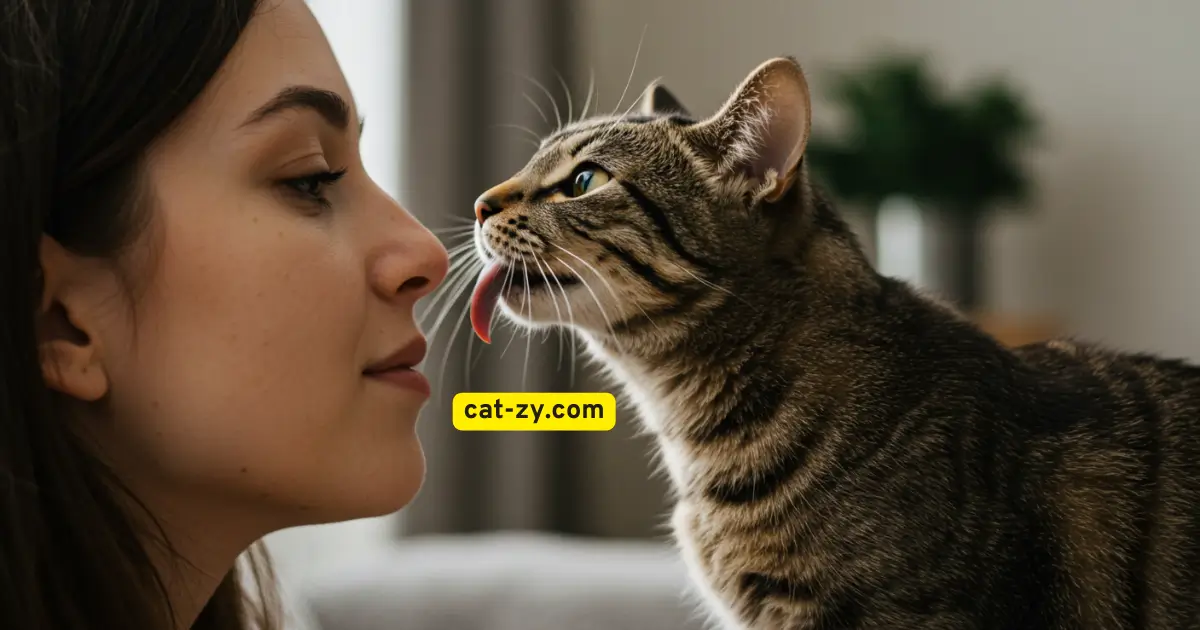
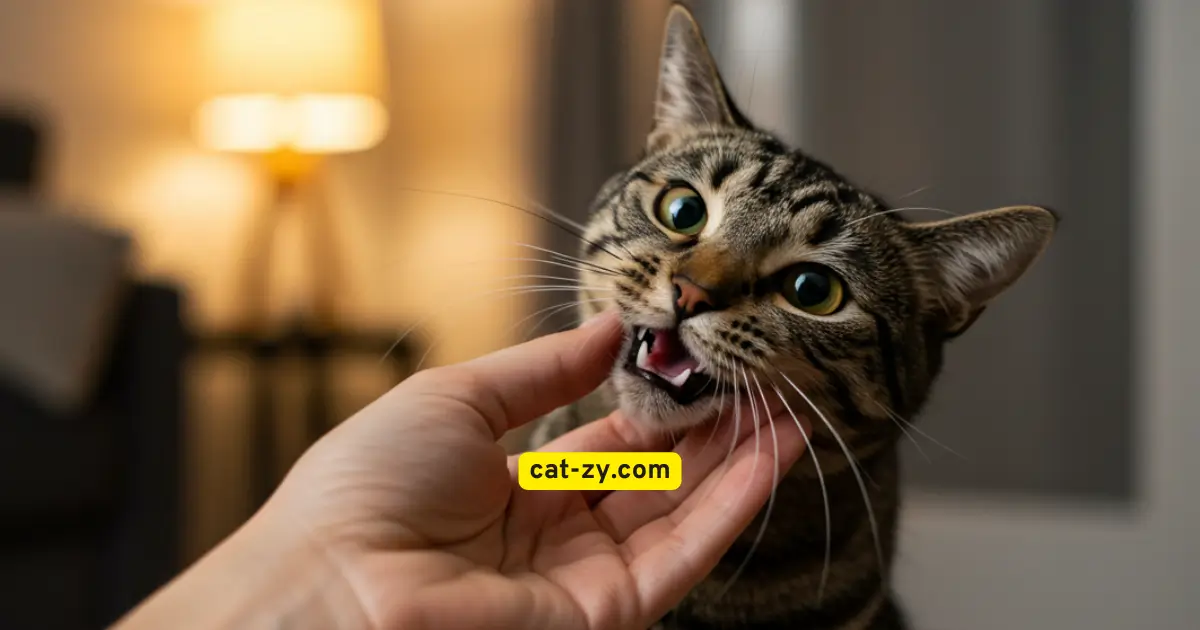

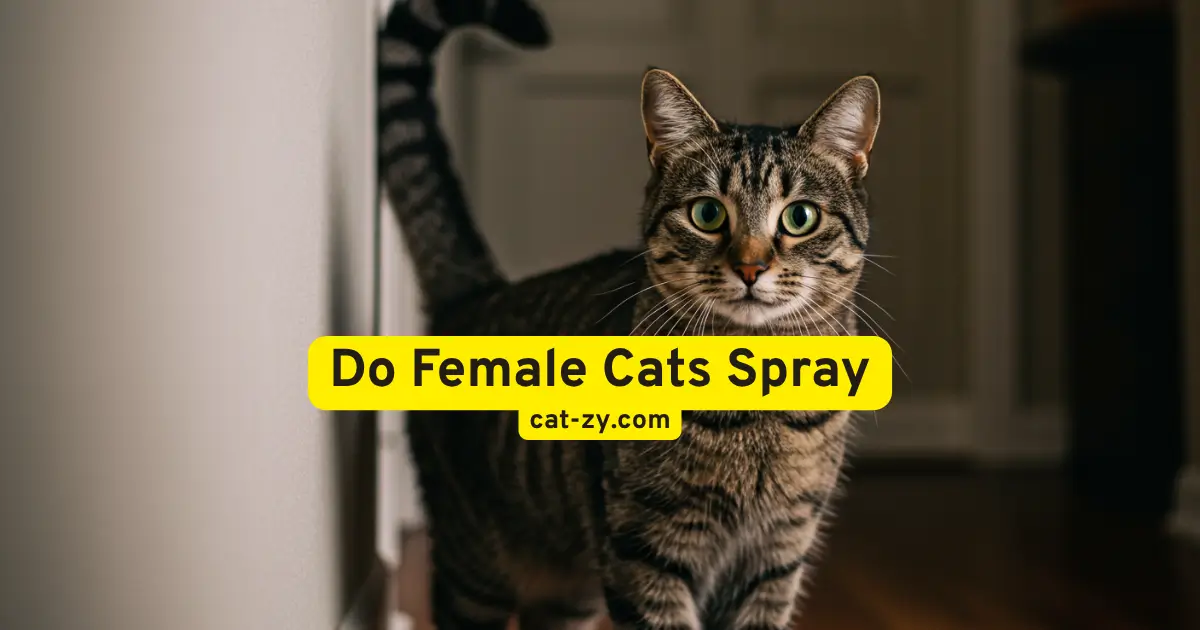
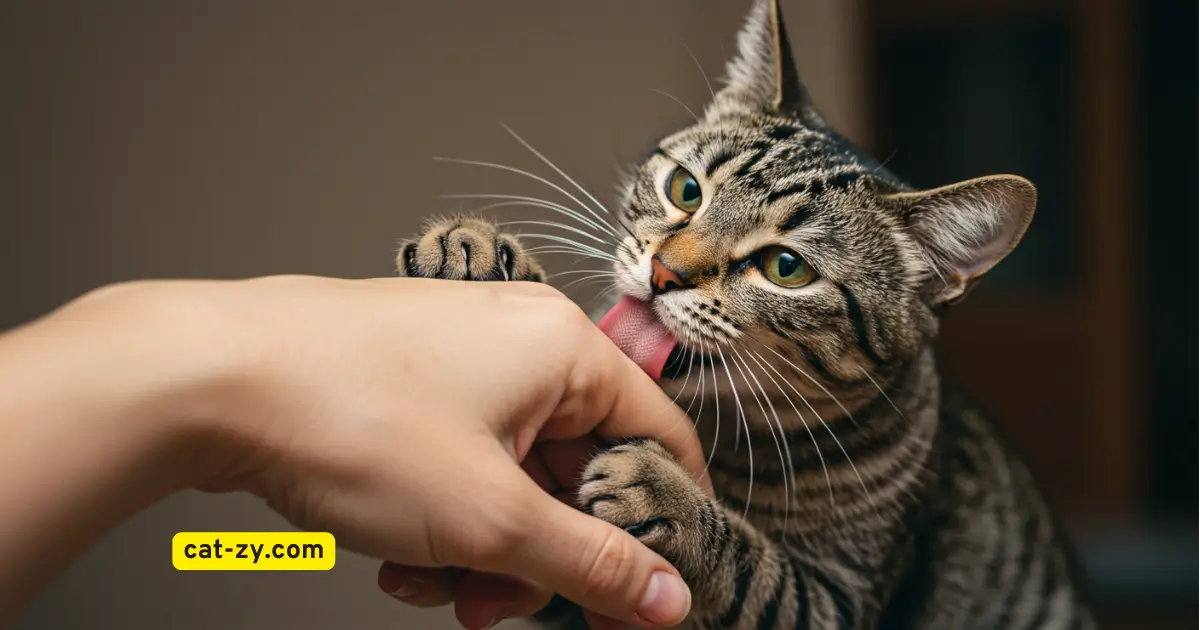
3 Comments
Comments are closed.